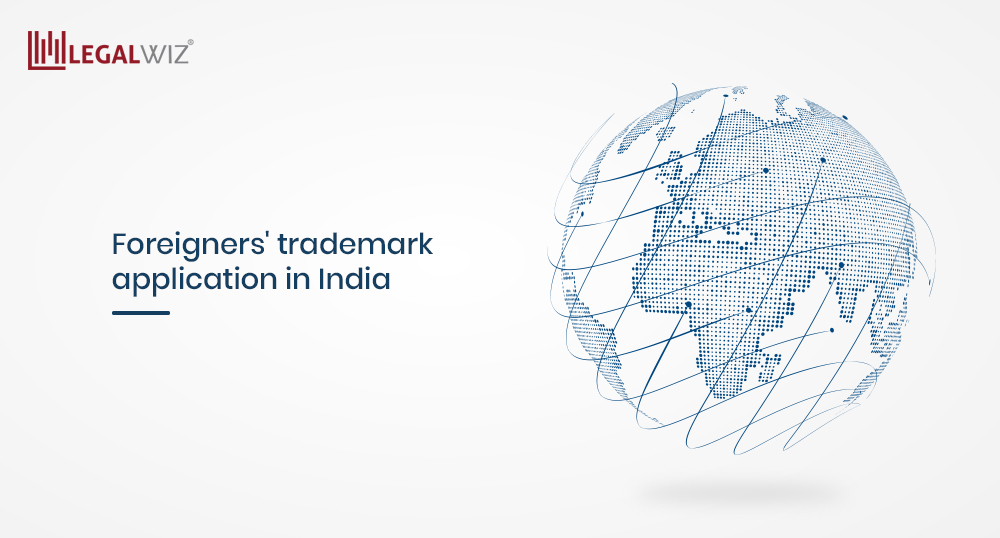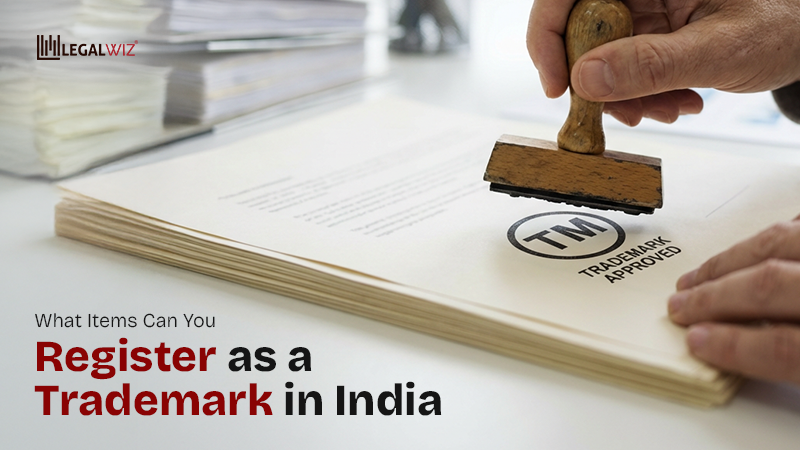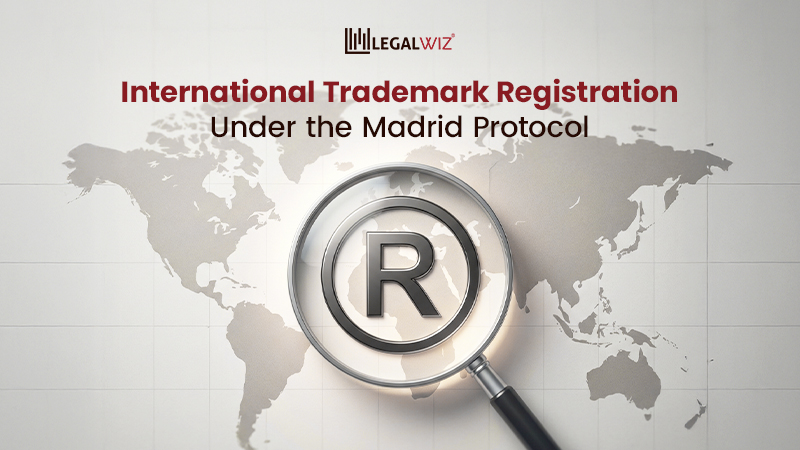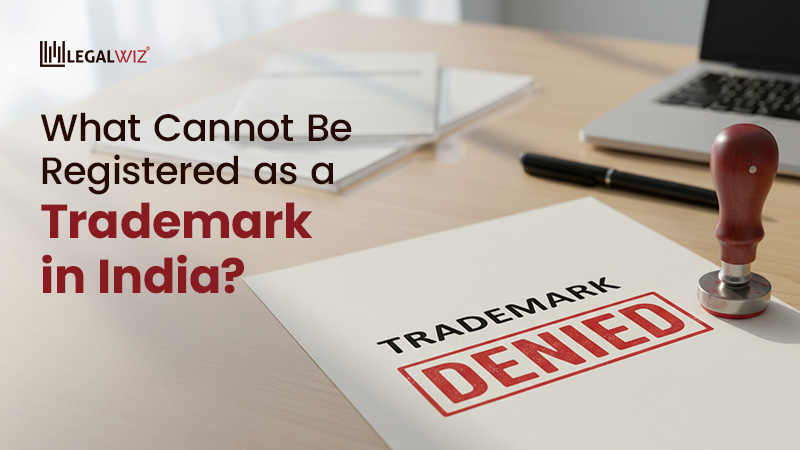Can Foreigners Apply for Trademark Registration in India?
1. Why Should One Apply for an International Trademark Registration?
Protecting a brand outside India implies getting the trademark rights in each of the markets where you wish to market your products or services. Trademark rights are territorial in nature. They are valid within a territory of a country or a group of nations having a regional trademark system (e.g., the European Union). However, one may take advantage of an alternative, more attractive, cost-effective and simple route to acquire and manage their trademark rights in a foreign country using the Madrid Protocol, an international treaty that India joined in 2013.
2. Can Foreigners Apply for Trademarks in India?
Yes, foreign individuals/ companies can also apply for trademark registration in India. Under the Madrid Protocol, foreign applicants can file an international trademark application through the country’s trademark office. The trademark office is also known as the ‘Office of Origin’. The Trademark Office receives the application and then forwards it to the WIPO (World Intellectual Property Organization).
3. Madrid Protocol
The Madrid Union currently has 112 members and organizations that are Contracting Parties to the Madrid Protocol, covering 128 countries.
It is administered by World Intellectual Property Organization (WIPO), a United Nations specialised agency headquartered in Geneva, Switzerland. The Madrid Protocol facilitates trademark registration and maintains protection for your brand worldwide by providing a user-friendly, expeditious, and cost-effective set of procedures for the central filing of trademark applications and the central management of trademark registrations with effects in various countries.
Advantages of Registering a Trademark Under the Madrid Protocol
A few benefits of Madrid protocol are listed below:
- It provides for a very convenient and simple process.
- It ensures worldwide recognition.
- It is cost-effective in nature.
- All the trademarks have an expected date of renewal. A trademark is perpetual in nature and can be renewed every ten years.
4. Madrid Protocol: Facilitates Trademark Registration for Foreigners
A trademark application can be filed in a foreign country from India, keeping India as the office of origin. A trademark application can be filed in multiple countries through madrid protocol Let’s start with understanding about how to file a trademark application through madrid protocol.
- Application
The trademark must be registered or applied for with the Indian Trademark Office to be eligible for filing. The Indian Trademark Office will rectify that the details in the international application are the same as those in the primary application.
- Examination By WIPO
When the application is received at WIPO, the authority will conduct a formal examination to verify the application’s compliance with the statutory requirements. A formal examination is mandatory from the end of WIPO. It is to ensure that, the proposed mark is not infringing on another mark and all the necessary requirements are fulfilled.
- WIPO Publishes Trademark International Records
If all the steps are correctly made, WIPO will record the trademark application in the register of international trademarks. It will be published in the WIPO Gazette of International Marks. WIPO sends the Certificate of International Registration to the respective applicant.
- Examination by the Trademark Office of the Particular Country
Once the trademark application is examined by WIPO and the same is published in the international records, then the application is to be examined at the trademark office of the country where trademark registration has been filed. The Trademark Office of the particular Country will further examine the application for verification with the applicable laws of the specific Country. Within 12-18 months, they would inform WIPO about the acceptance or refusal of the trademark application. WIPO will notify the applicant of the decision of the trademark office of the particular Country
- Advertisement and Registration
Once the trademark application is examined by the Indian Trademark Registry, they will issue a provisional refusal report. The applicant is required to respond to the provisional refusal report and fulfill the requirements prescribed by the Indian trademark Registry. After filing a response to the provisional refusal report, the trademark registry evaluates the same. If the trademark application is not as per the statutory requirements then the same will proceed further for a trademark hearing.
If the response to the provisional refusal report is accepted by the Trademark Registry, the mark will temporarily be advertised in the Indian Trade Marks Journal and open to third-party opposition for four4 months. On the expiry of the four4-month opposition period and the absence of any opposition, the mark would be granted protection by the Indian Trade Marks Registry. The registration will be kept valid for a period of 10 years. If no temporary denial is notified to WIPO within 18 months, the mark would ordinarily proceed towards advertisement, and it would follow the usual procedure as detailed above.
Renewal
The application for the trademark renewal concerning the application made through madrid protocol designating India needs to be made at WIPO only. Then it shall be notified to the Indian Trademark Office by WIPO. It is essential to note that any change of applicant or ownership information, renewal of the registration, assignment etc., can also be made by just filing a single application at WIPO. It will reflect the same in all the designating countries.
5. Managing Your Registration
While the madrid protocol offers the applicants many advantages to get their trademark protected in various markets, the system provides them even more valuable advantages regarding managing their mark after registration. The international system of the Madrid Protocol was established with the intention to provide a smooth system for trademark registration.
6. Conclusion
The process of obtaining trademark registration in India is a rather long one. Moreover, going by the general practice, one may face objections and opposition in registering the trademark. Therefore, it would work against individual/s making applications in India as their origin country because the likelihood of the mark being opposed or objected to or stalled due to the delays and backlogs in the Trademark Registry is very high. Therefore, any person or entity using India as their origin country risks the process being stalled during and even after the dependency period of five years.
The Madrid Protocol was introduced with the sole purpose of enabling easy, cost-effective and hassle-free registration across several countries, however, Applicants in India should consider factors like the general practice and timeline of the Trademark Registry. More importantly, the monetary losses incurred on designating several countries and engaging foreign counsels.

Akansha Tripathi
Akansha is a 3rd-year B.A. L.L.B (H) student, pursuing her summer internship at LegalWiz.in with an aim to make an impactful career in the filed of business compliance and corporate law. The subject of law fascinates her extensively.







